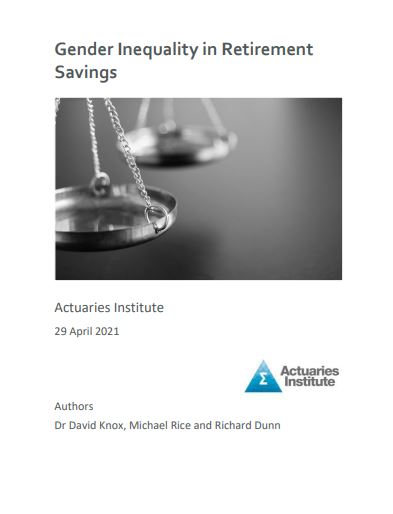Irish pensions system at risk, new study says
The €5 hike in the State pension in last week’s budget, along with delays in increasing retirement age and introducing automatic enrolment into savings plans, all threaten the sustainability of the pensions system over the long term, according to a new study. The Mercer study points to considerable future challenges as the population ages due to the topping up of what is described as a “generous” pensions system, and a failure to address core issues. Also adding to the problem is...










